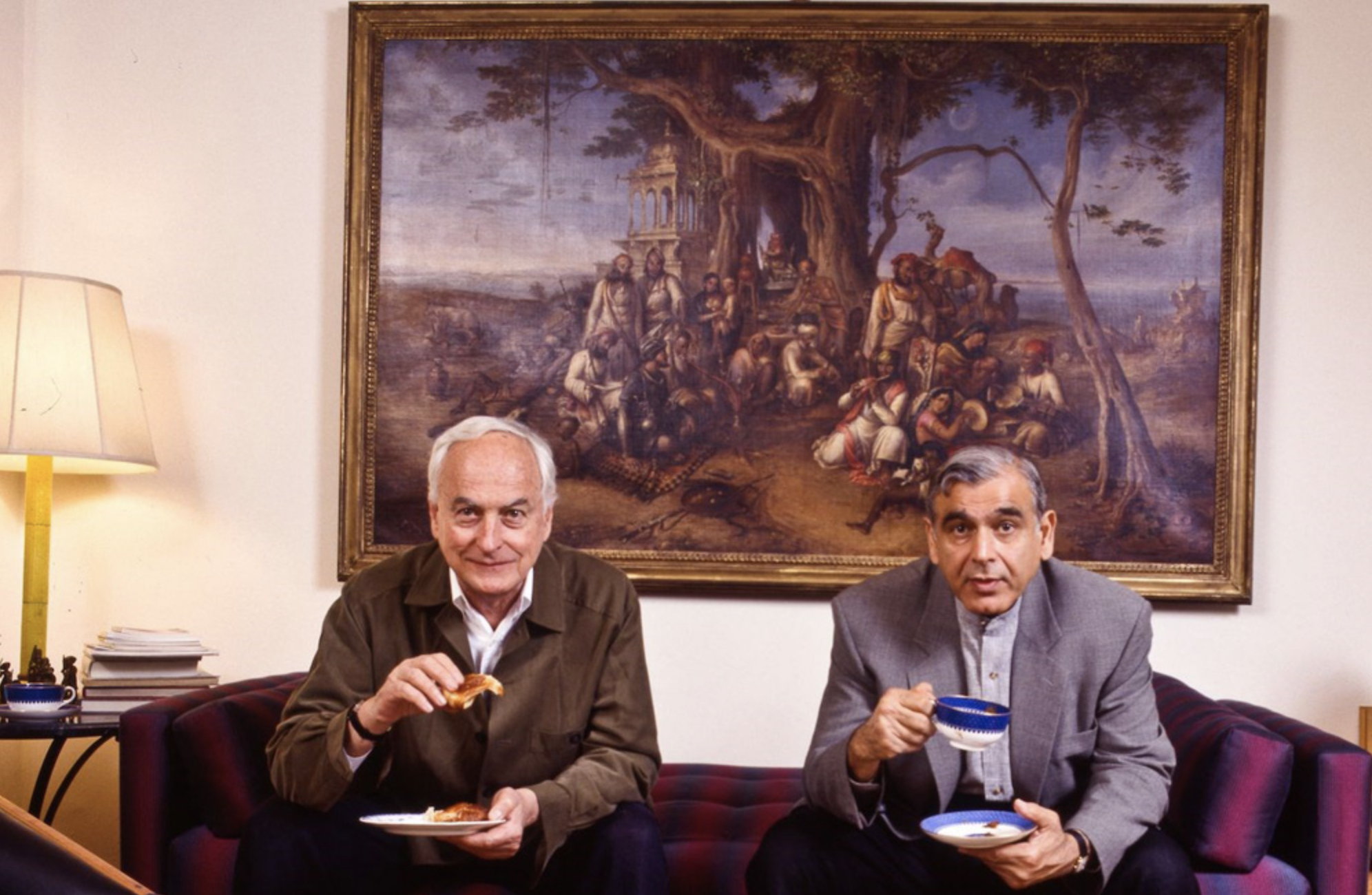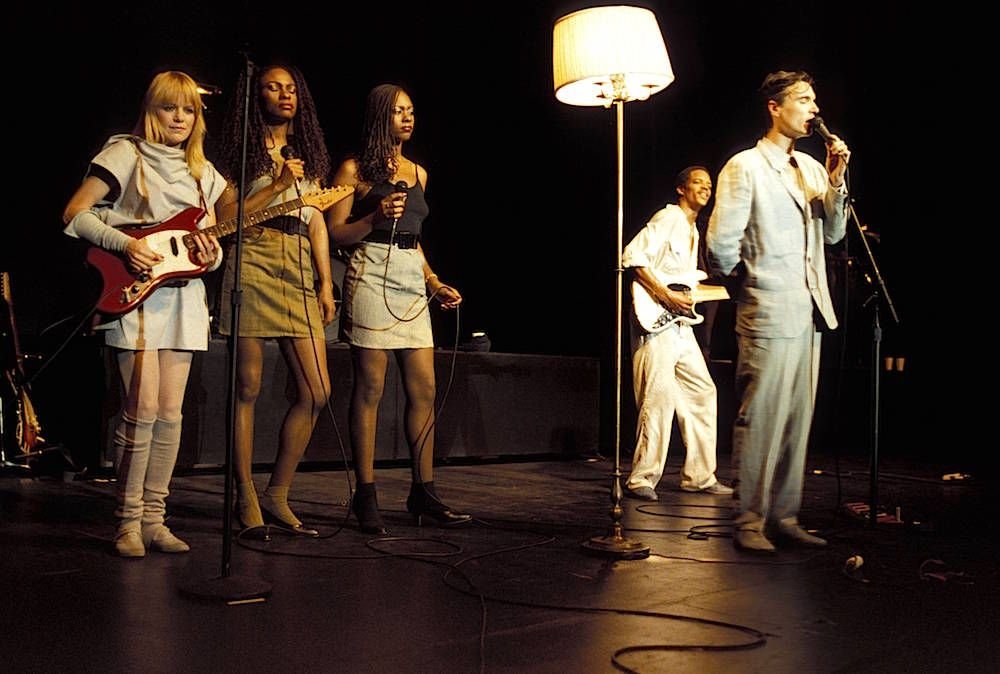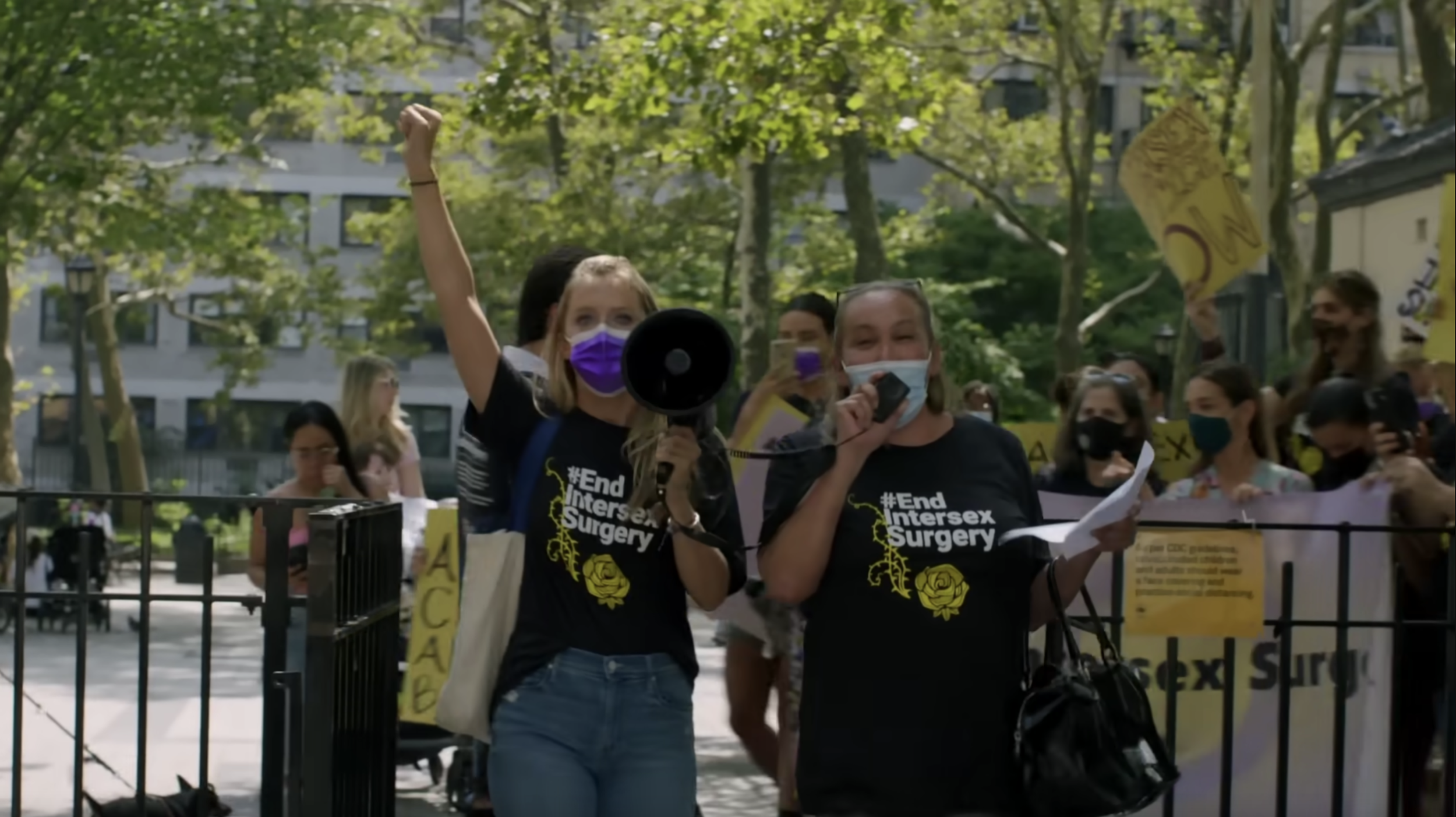ARE WE GOOD?
Directing: B
Writing: B+
Cinematography: B
Editing: B
To some people, Marc Maron is endearingly aggravated. To other people, he isn’t. It’s pretty safe to say the former camp will enjoy the documentary Are We Good? It’s probably even safe to say the late director Lynn Shelton would have enjoyed this film, although it likely never would have been made without her, and it certainly would have been a completely different movie had she not died suddenly of acute myeloid leukemia all of two months into the pandemic.
And herein lies the key difference between fans of Marc Maron and people who don’t know him, and how Are We Good? is likely to hit. I was barely familiar with Maron as a standup comic before he started his podcast WTF with Marc Maron in 2009, and I didn’t even learn about the podcast until maybe around 2013. But I had certainly been listening to his twice-weekly podcast for several years by the time Maron was still recording the regular solo intro to his scheduled podcast episode, only days after Shelton’s death. It was heartbreaking to listen to, but in keeping with Maron’s penchant for holding his heart on his sleeve, in ways that ran the gamut of emotions.
The kind of cool trick that director Steven Feinartz does with Are We Good? is show us how Shelton and Maron fell for each other to begin with. An actor friend, as one of several talking heads in this film, refers to Maron as “endearingly fussy,” and says that the more aggravated Maron got, the more it made Shelton laugh. It’s difficult to watch this film and not think about what could have been for these two, who were friends for several years, and then finally allowed themselves to fall into each other. Fans of Marc Maron know well the kind of relationship history he has, and this is one that felt like it could have been the one that truly stuck.
As such, Are We Good? follows two narrative tracks: Maron’s relationship with Lynn Shelton, and particularly how he navigated the grief in the wake of losing her—often in real time, on-camera, and much of it being worked out onstage—and the overall arc of Maron’s career as both a comedian and a podcast host. If you know anything about Maron you know how the podcast was borne of desperation when his comedy career was stalled, and how over just a few short years it both reinvented and reignited his career.
On the other hand, if you know Marc Maron, there’s really nothing to learn from Are We Good? that you didn’t already know. It’s just a pleasant, fun hang with a guy who feel like you know because of this 21st-century concept called parasocial relationships. So what if you don’t know Marc Maron? In that case, this film isn’t really made with you as its target audience. I suppose it’s just as well; the film got special one-night screenings across the country on only October 5 and October 8. I have no idea where it will be found going forward, though presumably it will stream somewhere,
I will say this: Are We Good? is a unique and engaging exploration of grief, how there’s no wrong way to deal with it, and how it affected one of the most lovable straight men who ever existed. That could be the entry point for people unfamiliar with his work. This is a movie squarely aimed at the familiar, however, and while it’s by turns moving and entertaining (and occasionally genuinely funny), it’s fairly short on insight. You’ll get much more out of watching Maron’s own comedy specials, particularly the most recent couple of them (which can be streamed on HBO Max).
I had a good time. I’m glad I went out to see it. But it also left me eager to re-watch the comedy specials, which are far more rightly constructed and have a more clearly defined narrative arc. This illustrates the difference between a comic who has truly honed the skill of his craft, and a documentary filmmaker who is just pretty good at it.
I guess the answer is: yeah, pretty good.
Overall: B










